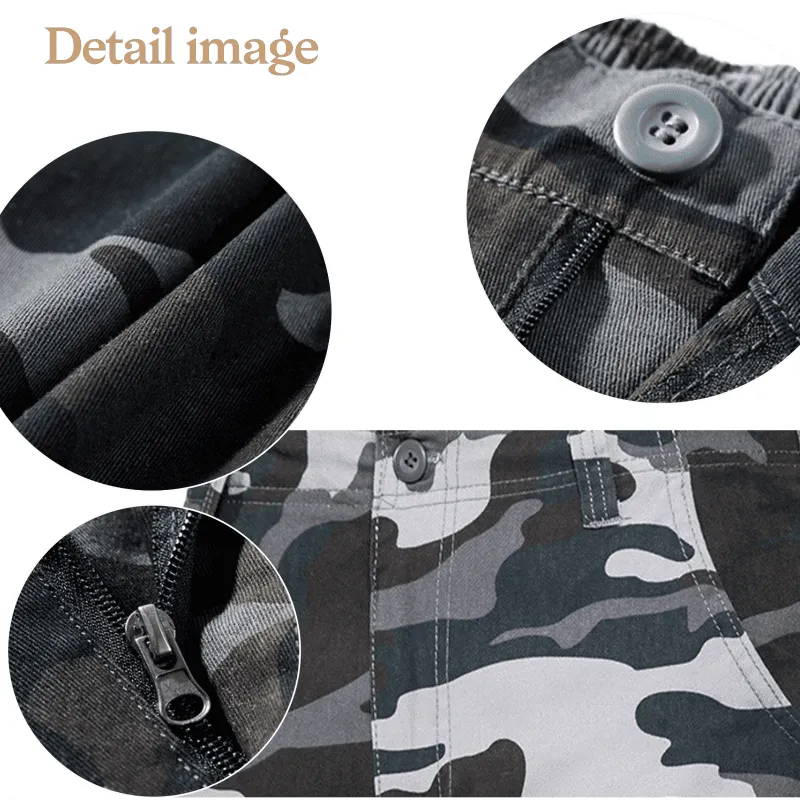Assess Your Business Needs and Production Goals
Define Your Product Type and Quality Standards
Getting clear on what kind of clothing we want to make matters a lot before jumping into production. Do we focus on activewear, business attire, or maybe eco-friendly garments that match what people are buying right now? Market research shows certain categories are hot while others cool down season after season. Setting quality targets isn't just about following rules either. Look at what competitors are doing and talk to actual customers about their needs. Fashion associations publish helpful guides too, so those should be part of our planning process. And let's not forget about getting certified through programs like ISO for quality control. These official stamps mean our stuff meets global standards, which builds confidence among shoppers and makes our brand look trustworthy in the long run.
Determine Volume Requirements and Scalability Needs
Getting clear on what kind of production volumes we're talking about and how scalable our operations need to be makes all the difference in manufacturing success. When looking at sales projections, most companies start with basic market research but really should dig deeper into industry trends and competitor performance. A good way to get a handle on actual production needs is to look at what other businesses in the same space have managed. Talking through scalability options with manufacturers early on matters too. We've seen cases where companies assumed their current supplier could handle growth, only to find out later when orders spiked that wasn't the case. Real world data from comparable businesses gives much better grounding than just guesswork. Throw in some solid case studies or recent market reports and suddenly those production numbers stop looking like abstract figures and become concrete planning tools instead.
Evaluate Manufacturer's Production Capabilities
Minimum Order Quantity (MOQ) and Flexibility
Knowing what a clothing manufacturer's Minimum Order Quantity (MOQ) really means makes all the difference when trying to match production needs with available funds. Managing stock becomes tricky when dealing with low MOQs, so it pays to check if suppliers are willing to tweak order sizes based on what's happening in the market right now. Some brands have successfully worked out deals where they get smaller initial orders but still maintain good relationships with manufacturers. Others find ways to bundle products across different collections to meet minimum requirements without overstocking. The bottom line is that having some wiggle room helps businesses stay competitive as fashion trends change constantly throughout the year.
Material Expertise and Technology Integration
Looking at what kind of materials experience a manufacturer actually has makes sure they're using good quality fabrics when making products. A company that really knows their stuff about picking out fabrics and where to get them will make better goods overall. Checking out what tech tools a manufacturer works with also matters a lot for getting things made faster. These days, places that invest in automation systems and digital processes tend to run smoother operations. For example, shops that use 3D design programs along with automatic cutting equipment often finish jobs quicker while wasting less material. This shows just how much modern technology changes the way manufacturing happens across industries.
Verify Compliance and Ethical Practices
Sustainability Certifications and Eco-Friendly Processes
It matters a lot whether a manufacturer actually cares about doing business ethically and sustainably. Look at what certifications they have hanging on their wall GOTS, OEKO-TEX those badges show real commitment to green manufacturing standards. Take a closer look at how they handle waste and manage resources too. Do they recycle materials? Cut down on water usage? That tells us something about their true dedication to protecting the environment. More people these days want to buy from companies that walk the talk when it comes to sustainability, so finding a manufacturer who shares this value makes good business sense for everyone involved.
Labor Standards and Supply Chain Transparency
When looking at a clothing manufacturer, it's important to check what they're doing about worker conditions and how open they are about where things come from. Are workers getting paid fairly? Does the company actually follow labor regulations? Being transparent about these things helps maintain ethical standards all through making clothes. Groups that track industry practices keep pointing out how crucial this is for creating fairer systems. Companies that push for openness in their supply chains tend to match better with what consumers want today and make sure their products aren't coming from exploitative situations.

Analyze Cost Structure and Payment Terms
Transparent Pricing and Hidden Fee Avoidance
Getting to grips with how pricing works is really important if we're dealing with clothes makers. Most folks don't realize there are all sorts of extra charges lurking in the background. Asking for a full breakdown of costs before signing anything can save headaches later on when those surprise fees pop up. When talking shop with suppliers right from the start, it makes sense to bring up topics like minimum order quantities, tooling expenses, and shipping surcharges so everyone knows where they stand. Also worth checking out is what kind of profit margin the factory adds onto their base production cost. This gives us a better idea if what they're charging falls within normal ranges across the industry or if something seems off track.
Milestone Payments vs. Upfront Costs
Looking at different payment arrangements makes sense for businesses. Milestone payments tend to work better than paying everything upfront in most cases. The way it works is simple enough clients pay when certain parts of the job get done. What's good about this approach? Well, it keeps everyone on track during production. Manufacturers know they have to deliver each stage properly before getting paid for it. From a financial standpoint, companies can manage their money better this way too. Most importantly, manufacturers stick closer to meeting both quality standards and deadlines when payments come in gradually rather than all at once at the beginning.
Prioritize Communication and Logistics Efficiency
Proximity Impact on Lead Times and Shipping Costs
Where clothes get made really affects how fast they arrive and what it costs to ship them around. When manufacturers are closer to where people shop, there's a big difference in wait times. Products just don't need to travel halfway across the world anymore. Being nearby means factories can react faster when something goes wrong in the supply chain. Plus, shorter trips mean fewer emissions from transportation, which is good news for the planet overall.
Digital Tools for Real-Time Production Tracking
Implementing digital tools for real-time production tracking significantly enhances communication and logistics efficiency. How does this technology benefit businesses? Solutions like PLM (Product Lifecycle Management) software revolutionize tracking, enabling manufacturers to monitor production stages meticulously. Instant visibility into the supply chain ensures informed decision-making and operational precision.
Check Flexibility for Market Demands
Adaptability to Design Changes and Custom Requests
For clothing manufacturers, being able to tweak designs and handle special orders matters a lot when it comes to keeping up with what customers want. Manufacturers need ways to change their products quickly these days. Flexibility means making adjustments to garment styles and offering personalized choices that fit what people actually need. It's not only about chasing fashion trends either. When companies can adjust their offerings based on specific requests, they build better connections with their clients over time. Think about how brands that let customers pick fabric colors or add unique details tend to develop loyal followings because shoppers feel heard and valued.
Contingency Plans for Supply Chain Disruptions
A manufacturer's ability to manage supply chain disruptions through contingency measures is vital. How can these plans ensure business continuity? Risk management strategies such as diversifying supplier bases and maintaining a stock of key materials can be instrumental. These proactive measures safeguard operations against potential setbacks.
Factory Audits and Reference Checks
Performing factory audits is crucial for ensuring compliance with quality standards and ethical practices. How do audits mitigate risks? Review the manufacturer's operational efficiency and adherence to safety and labor regulations. Additionally, conducting reference checks with past clients allows businesses to gauge reliability and performance.
Contractual Safeguards for Quality Assurance
Incorporating contractual safeguards in agreements ensures adherence to quality standards and safeguards business interests. What should these contracts outline? Contracts should explicitly outline quality expectations, performance metrics, and consequences for non-compliance. Managing risks efficiently sustains high standards in the manufacturing sector.
FAQ Section
What are the benefits of pursuing ISO certifications in clothing production?
Pursuing ISO certifications ensures that your products meet international standards, boosting brand credibility and consumer trust.
Why is understanding the Minimum Order Quantity (MOQ) important?
Understanding MOQs is important as it aligns your production goals and budget, impacts inventory management, and costs.
How does a manufacturer's geographical location affect lead times?
Local manufacturing reduces lead times significantly and enhances supply chain responsiveness, contributing to lower shipping costs.
Why are milestone payments preferred over upfront costs?
Milestone payments mitigate risks associated with production quality and timelines, ensuring better cash flow management and accountability.
Table of Contents
- Assess Your Business Needs and Production Goals
- Evaluate Manufacturer's Production Capabilities
- Verify Compliance and Ethical Practices
- Analyze Cost Structure and Payment Terms
- Prioritize Communication and Logistics Efficiency
- Check Flexibility for Market Demands
- Factory Audits and Reference Checks
- Contractual Safeguards for Quality Assurance
- FAQ Section



